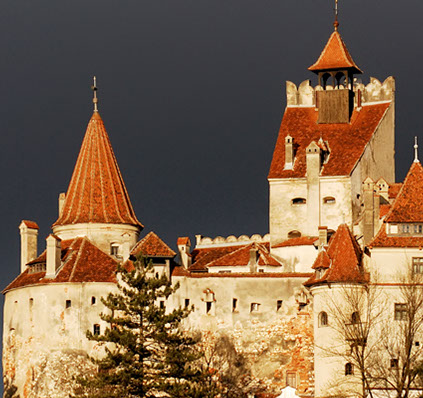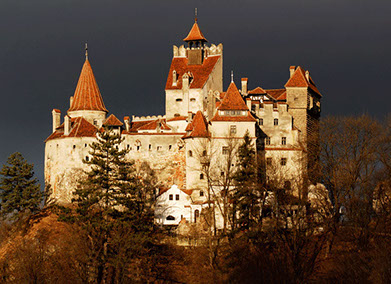Tom Kremer
1930 – 2017

“Childhood in Transylvania involved the impossible choice between Hungarian, Romanian, German and Jewish cultures.
I lived my adult life under the agues of the English one.”


Bran Castle, home to the legendary Dracula
“Due to its varied history, Transylvania is ethnically, linguistically, culturally and religiously diverse.”
Transylvania – where it all began
Tom Kremer began his life in the capital of this unusual province. It is unusual not only for being the location of the famous but fantastical Dracula. The province nestles in the elbow of the Carpathian Mountains which close off the Eastern Alps. Access to it is limited by deep ravines easily defended by small numbers of men. Thus, throughout its history, the province enjoyed a degree of independence disproportionate to the local resources of materials and men. This imbalance led to a sharpening of minds and refining of astuteness when dealing with outsiders.
At the time of Tom Kremer’s birth, in 1930, four different cultures vied for room at the table. The Romanians and Hungarians formed in more or less equal proportions the overwhelming majority, whilst significant minorities of Germans and Jews made up the remaining population. Saxons arrived early in the Middle Ages and founded the seven key cities; the Jews began to filter down from the North at the beginning of the nineteenth century.
Perhaps another, and equally deep, division played an important part in the formation of Tom’s character. Closely surrounding the sophisticated capital city, a broad belt of fairly primitive peasantry occupied hundreds of native villages. Kolozsvar had a number of large gymnasia, two major theatres, a symphony orchestra, a university and a significant library stretching back to the high medieval ages, plus a professional class dominant in medicine, law and engineering. The contrast was tangible. The peasants with their carts, their traditional costumes, simple dwellings and age-old customs reacted to the ever-evolving middle class with abstinent rejection.
To reinforce further the social divide, the gymnasia for Catholics, Greek Orthodox, Protestants, Unitarians and Jews kept their identities closely guarded. So what impressed itself above all on the growing youngster was his individual place in a disparate world.